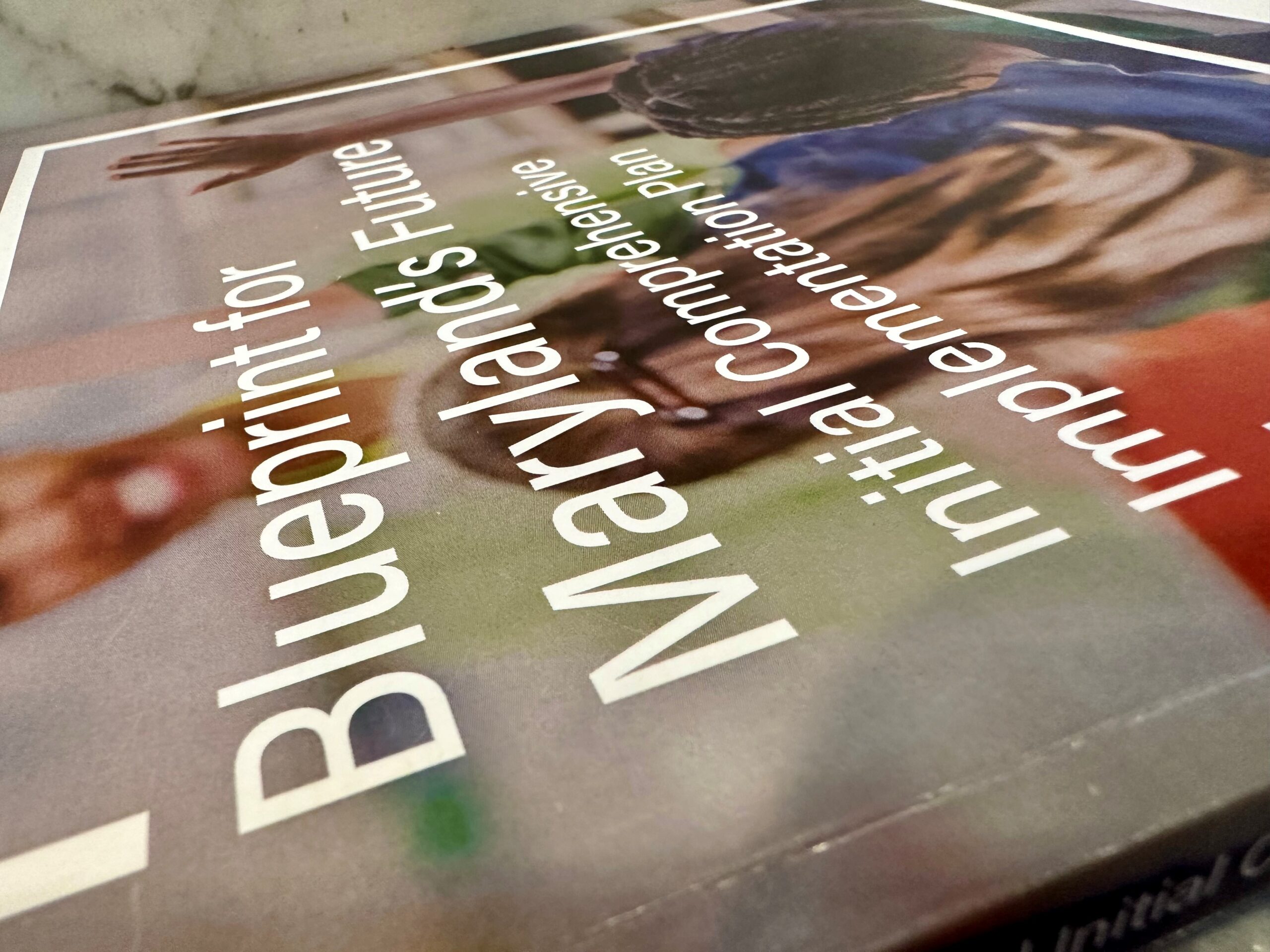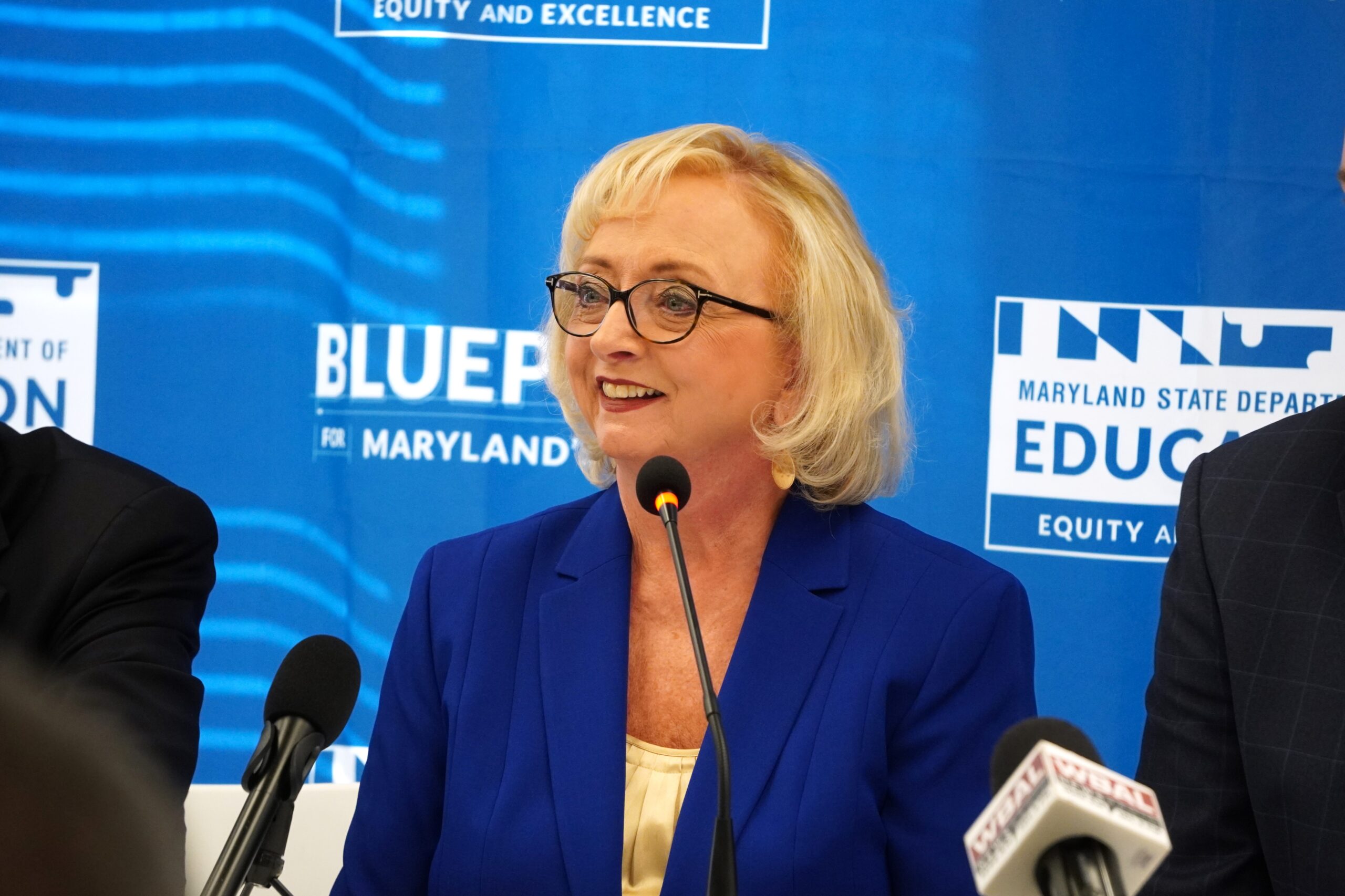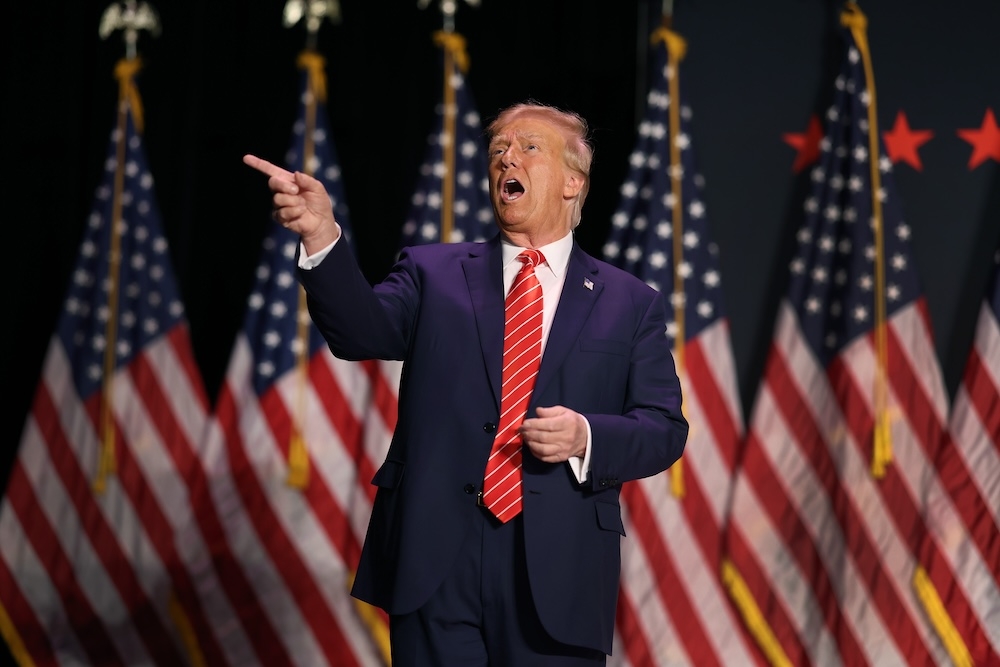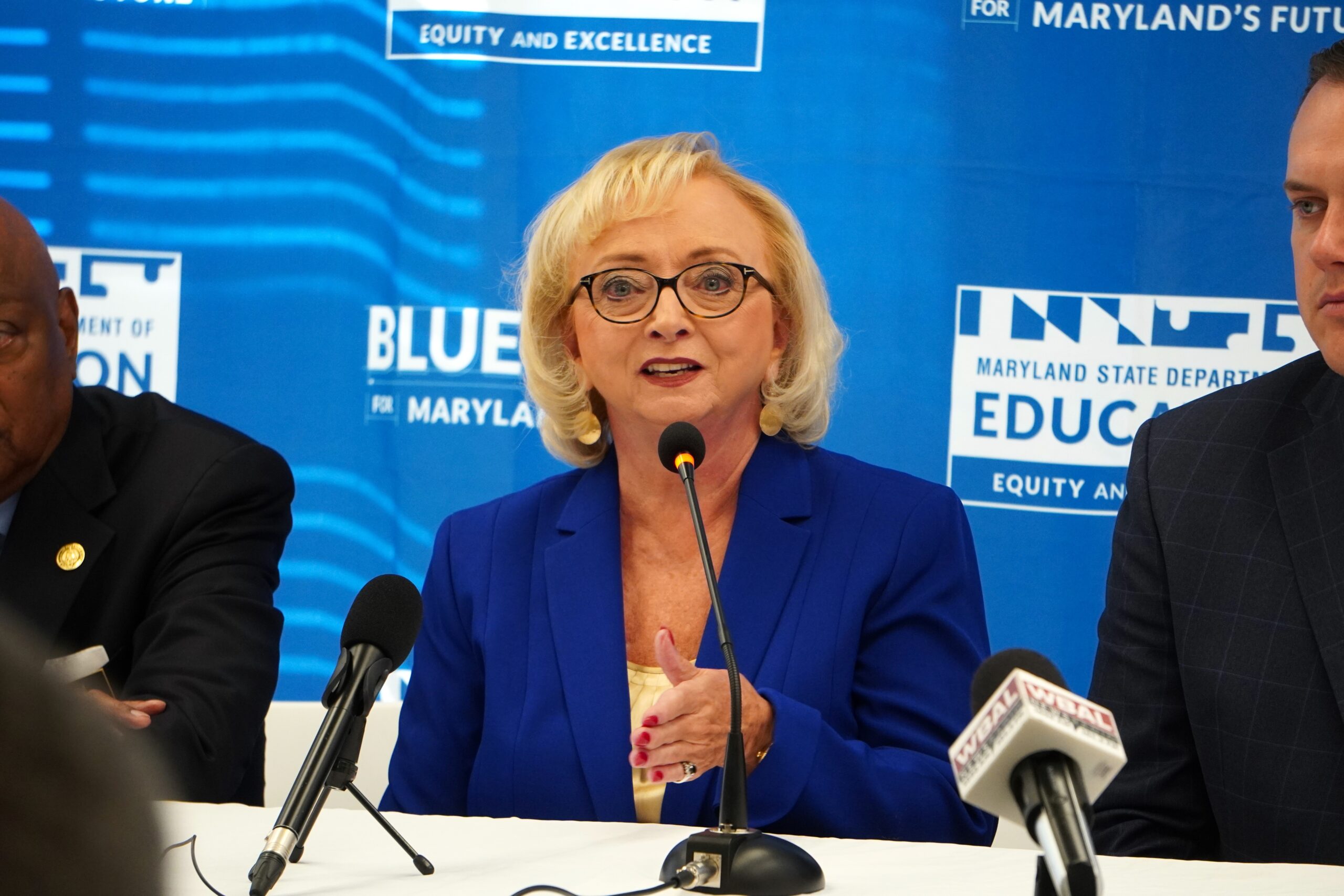Kalman Hettleman: Will there be losers as well as winners in the struggle for school equity?

The motto of the Maryland State Department of Education is “Equity and excellence for every Maryland child, especially those who have been historically underserved.”
Bravo. Equity is uppermost in public debates. It’s long overdue and should be achieved in tandem with excellence. Yet, in the real politick of public education, the pursuit of equity can conflict with the pursuit of excellence. There can be winners and losers. This happens more than you think and threatens the achievement of both.
Solutions aren’t easy, particularly in the wake of the pandemic. A recent study finds that “Among the most pernicious consequences of the COVID-19 pandemic was a general lowering of expectations for students.” The danger, a prominent expert warns, is “that a healthy concern for equity [can] morph into an unhealthy disdain for the notion of excellence.”
To fully understand the danger, it’s necessary to untangle the concepts of equity, equality and excellence. In simplest terms, as applied to K-12 schooling, equality means that everyone gets equal opportunity to achieve equal outcomes. The outcomes can be achievement of minimum standards or a higher level of excellence that maximizes each child’s potential.
Equity recognizes that many marginalized students, predominately poor and of color, are harshly disadvantaged in trying to achieve minimum standards or higher excellence. A rising tide of equality lifts all boats but some boats need stronger lifts than others. Yet this is difficult because school systems are severely underfunded: Programs targeted for marginalized students in the pursuit of equity compete for funding with programs spread broadly among all students in the pursuit of excellence.
Years ago, as a member of the Baltimore City school board, I voted against additional funds for gifted and talented (GATE) students. No, I’m not against bringing out the best in them (and don’t forget they include, though underrepresented, many poor and minority students). Still, the choice was between spending scarce funds to boost the GATE population or to boost interventions for struggling readers who are disproportionately low-income students. I sweated, then voted for the interventions — though I was the only school board member to do so.
This is one example of the frequent tension, if not outright clash, between equity and excellence in school budgets. It also arises over who gets programs like pre-kindergarten and summer school. All parents want them, but research clearly shows that the expenditures mainly pay off for disadvantaged students. One of the reasons why the No Child Left Behind Act was fiercely attacked was its basic goal of equity. Vocal parents, overwhelmingly white, saw nothing in it for them.
The equity/excellence competition is a stealth factor in the Blueprint for Maryland’s Future. The original mission of the Kirwan Commission, which drafted the Blueprint, was to update the state’s funding formulas to enable all students to meet state standards — that is, its focus was equity. But along the way, the focus became the goal of having all students achieve “world class” standards — that is, excellence.
Raising the bar to the heights of excellence is bold and unparalleled in any state. The rub is that equity, by itself, requires big bucks, and excellence, on top of equity, is even more costly. And so far, there simply is not enough money in the Blueprint to pay for equity much less excellence.
Other equity/excellence trade-offs have plagued school policy nationwide for a long time: for example, over higher or lower academic standards, teacher qualifications, admissions to selective schools, and grading policies. Debates over these issues have flared with new intensity since the pandemic.
Maryland is not immune from this national angst. The state superintendent Mohammed Choudhury, a passionate advocate for equity, is asking tough and thoughtful questions. For instance, he makes a case that standardized test scores are culturally biased, and, therefore, should not be the sole measure of whether students meet college and career standards. Grade-point averages and work portfolios could be factored in as well. And he calls for consideration of whether to rework math curricula to “focus on equity.”
He is also wrestling with the contentious balance to be struck as school systems try to cope with teacher shortages. Mr. Choudhury claims that equity requires easing licensure and teacher preparation requirements. For instance, he “believes the difficult-to-pass Praxis exam [for teacher certification] is excluding people of color from becoming teachers.”
At the same time the National Council on Teacher Quality, which encourages diversity, cautions about the national movement to lower teacher requirements. “Why are we bifurcating the goals of diversity and quality,” it asks, while sending the “tacit [false] message that people of color are incapable of meeting standards.”
Of course, that is not Mr. Choudhury’s intent. His equity initiatives are laudable and he is committed to excellence as well. Still, he would agree that balance is required. School systems nationwide have always resisted high standards. Now, they must not be allowed to use the pandemic as an excuse to lower standards for learning and teacher qualifications long after COVID-19 is gone.
That is unlikely to happen in Maryland. In the final analysis, as eminent policy analyst Michael Petrilli puts it, “the greatest enemy of equity … is mediocrity” in our public schools. The Blueprint aims to overcome mediocrity, and Mr. Choudhury and the Blueprint Accountability and Implementation Board are going all out to balance and achieve equity and excellence for all our schoolchildren.



